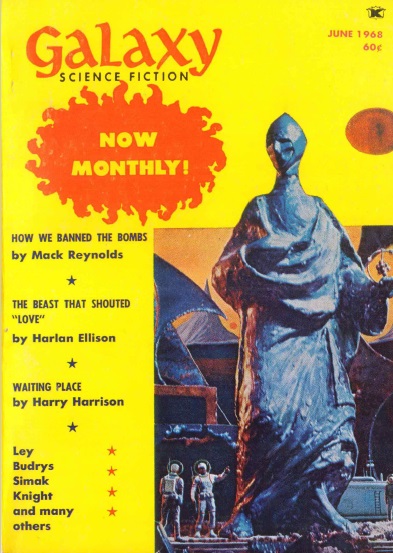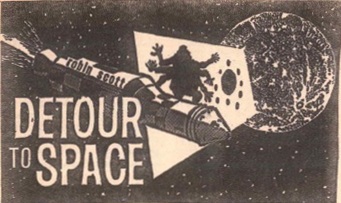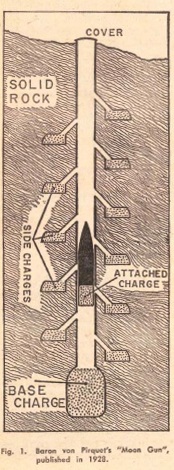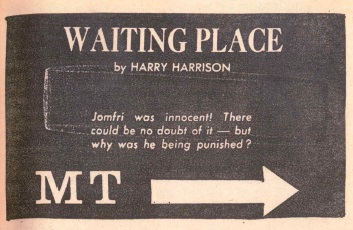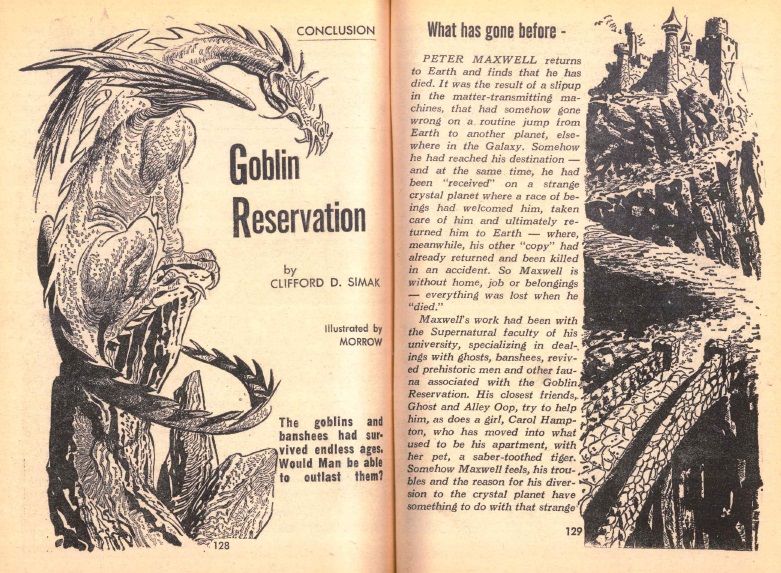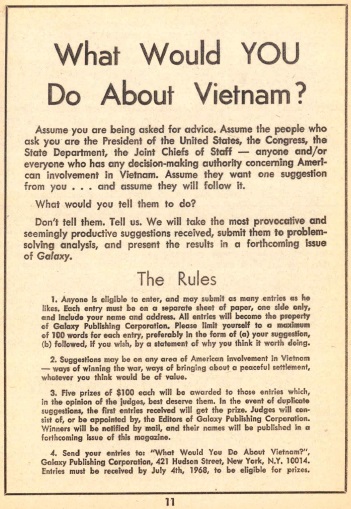
by Mx. Kris Vyas-Myall
Yesterday, in Lake Havasu City, Arizona, a huge celebration took place. International dignitaries attended, US Marines fired cannons, Local Choirs sang specially composed songs.
What was all this in aid of? The beginning of one of the strangest architectural projects of our time. The reconstruction of London Bridge.
An Abridged History

Whilst there has been a bridge across the Thames for at least as long ago as The Romans, the longest lasting and one that has been immortalized in song is the medieval “Old London Bridge”, which was completed in 1205. As you are probably aware it was constantly beset with problems. After endless changes, removal of properties and attempts to shore it up, a committee in 1821 was formed to build the New London Bridge.

This new version was opened to the public in 1831 and has fared reasonably well for over a century. However, the increased volume of traffic has caused it to slowly sink. This was not as much of an issue in the era of the horse and cart, but with hundreds of tonnes of steel sitting on it every rush hour, and not prepared for the passage of millions of Londoners, a change had to be made.

In order to recoup some of the costs for the destruction of the old bridge and construction of a new one, Ivan Luckin of the Common Council of the City of London, put it up for auction. After a promotional campaign, two dozen serious bids came in. In April, the winner was announced to be Robert P. McCullough of McCullough Motors, planning to rebuild it in Arizona.
“In The Modern House They Throw In A Few Antiques”
What does a motor company want with 100,000 tons of granite? To understand that you have to know a little more about where it is going.

In 1938, the Parker Dam was built on the Colorado River, providing water and power to Southern California. Behind it sits the reservoir of Lake Havasu. In 1942 the US government built an auxiliary airfield and support base there. What they were apparently unaware of was the land was not theirs to take but was actually owned by Victor and Corinne Spratt. After the war, the couple were able to get the land back and turn it into a holiday resort.
In 1958 McCullough enters our story. He was looking for a site to test onboard motors and convinced the Spratts to sell most of their land to him. He turned it from a resort into a city and set up a chainsaw factory there in 1964.
However, this is not exactly prime real estate. Lake Havasu City sits in the middle of the Mojave desert, around 40 miles from the Colorado River Reservation, a hundred miles from the Hoover Dam and almost equidistant between Las Vegas, Palm Springs and Phoenix. There is little else of interest, unless you like a lot of rocks. What could attract people? Maybe a piece of history…
Anglophilia

Whilst this may be the strangest and, at over $2.4m, possibly the most expensive purchase of a piece of British design, it is not unique. The Queen Mary currently sits at Long Beach, California and the Church of St. Mary Aldermanbury was recently relocated to Missouri.
Will this grand venture pay off? It will take at least three years to complete the project, so we will see if in the mid-'70s people are coming from all over to see London Bridge, or if Lake Havasu City becomes another ghost town.
Ghosts of the Past
Talking of this kind of reconstruction project, this month, across two publications, I read 21 short stories, all of which are attempting to revive something of the past.
The Farthest Reaches

Joseph Elder is not a name I was familiar with before. He appears to be a fan of the old school, endorsing the “sense of wonder” over literary pretensions. As such he has asked his contributors to only include stories set in distant galaxies containing Clarke’s ideals of “wonder, beauty, romance, novelty”. Let’s see how they have done:
The Worm That Flies by Brian W. Aldiss
As these are sorted alphabetically, we of course start with Mr. Aldiss (at least until Alan Aardvark gets more prolific). And, just as obviously, it is one of the strangest in this volume.
Argustal crosses the world of Yzazys collecting stones to build his parapattener. When he is then able to communicate with Nothing, he hopes to answer the strange questions emerging about phantoms called “childs” and the dimension of time.
The ideas of this story are not particularly new and the mystery is reasonably obvious. However, what Aldiss manages to do well is create such a strange unnerving atmosphere, such that it carries the reader along and raises it up above standard fare of this type.
A low four stars
Kyrie by Poul Anderson
The spaceship Raven is sent to investigate a supernova, a crew consisting of fifty humans and one Auregian, a being of pure energy. This being, Lucifer, has its orders communicated telepathically by technician Eloise Waggoner.
I am not usually as much a fan of Anderson’s science fiction compared to his fantasy, but this one impressed me. It has an interesting mix of hard-science with psi-powers but a strong character focus. A compelling read.
Four Stars
Tomorrow Is a Million Years by J. G. Ballard
I am not quite sure why the cover claims these tales are never before published, as this one has been printed a number of times, including in New Worlds two years ago.
I don’t have much to add to Mark’s review, I will just say it is a strange, but wonderful piece.
Four Stars
Pond Water by John Brunner
Men attempt to create their ultimate defender, Alexander. The creation, indestructible and with all the knowledge of humanity, proceeds to invade and take control of more and more worlds. But what is Alexander to do when there are no more worlds to conquer?
This progresses well and Brunner shows us the scale of conquest vividly in such a short space. Unfortunately, the ending is so pat it wouldn’t even appear in the worst Twilight Zone episode.
Three Stars
The Dance of the Changer and the Three by Terry Carr
Forty-two men died on a mining expedition on the gas giant Loarra. According to a PR man who was there, the answer to what happened lies in an ancient myth of the native energy forms, The Dance of the Changer and the Three.
This is a very challenging story and you may need to read through a couple of times to fully understand it. However, it is definitely worth your patience. Carr really makes an effort to show the Loarra as truly alien, but not in an unknowably menacing way as Lovecraft does. Rather they have a completely different understanding of what life and reality is.
Five Stars
Crusade by Arthur C. Clarke
On an extra-galactic planet, a crystalline computerized creature sets out to search for extra-terrestrial intelligence.
What Clarke gives us here is a kind of fable about the dangers of biases and science for its own sake. A more cynical take than is usual for him; perhaps Kubrick's influence is rubbing off?
Four Stars
Ranging by John Jakes
Jakes’ tale is set centuries in the future, where generations range the universe, in order to map it and send back data. Whilst Delors wants to carefully explore as instructed, Jaim wishes to rebel and jump trillions of light years at a time.
This could have been an interesting take on exploration but it mostly descends into the two leads yelling at each other “you cannot understand because you’re just a man\girl”.
Two Stars
Mind Out of Time by Keith Laumer
Performing an experimental jump to Andromeda, the crew of the Extrasolar Exploratory Module find themselves at the end of space, where they start to experience reality outside of time.
I feel like Laumer was going for something analogous to the final section of 2001. However, he lacks the skill of Kubrick and Clarke, making what could be mysterious and profound merely serviceable.
A low Three Stars
The Inspector by James McKimmey
Steve Terry, hero of the planet of Tnp, went into orbit, walked out of his spaceship and suffocated. Forest and his team are sent to investigate why this happened, and why no one has attempted to retrieve the body.
This is the one story that does not conform to the brief—there is no particular reason this could not be set on Earth. In fact, there isn’t much need for it to be SFnal at all. With half a dozen small changes you could have it contemporaneously on a newly independent Caribbean Island.
Putting that aside, it is not a bad story, just rather pedestrian, where I had deduced the themes and mystery by the second page.
A low Three Stars
To the Dark Star by Robert Silverberg
Three scientists, a human man, a human woman altered to suit alien environments and a microcephalon, are sent to observe a star. One problem: they all hate each other.
Your feelings for this story will likely depend on how you feel about unpleasant protagonists. The narrator in this piece is incredibly so and the whole thing left me cold.
Two Stars
A Night in Elf Hill by Norman Spinrad
After 18 years of service, Spence is depressed that his travels in space will be over and he must choose a single planet to settle on. He writes to his psychologist brother Frank begging him to talk him out of going back to the mysterious city of The Race With No Name.
This is quite an impressive short story. Spinrad manages to seamlessly move from science fiction to fantasy to horror, creating a real emotional thrill. He also does it through a letter that has a unique tone of voice and gives a whole new sense to Spence’s descriptions.
It does sound like it might resemble what I have read of the Star Trek episode The Menagerie but I think Spinrad spins this yarn well enough that it doesn’t bother me.
Four Stars
Sulwen's Planet by Jack Vance
On Sulwen’s Planet, sit the wreckage of millennia old ships of two different species. Tall blue creatures, nicknamed The Wasps, and small white creatures, nicknamed the Sea Cows. A team of ambitious scientists departs from Earth, all determined to be the first to unravel these aliens' secrets.
Like Silverberg’s piece, this is also a tale of squabbling scientists, here primarily focused on the two linguists. Competent, enjoyable but forgettable.
Three Stars

After a 15-year hiatus Lester Del Rey returns to editing. He opens the magazine with a rambling editorial taking us from ancient firesides, through folktales, modern uptick in astrology, Tolkien, and theories of displacement, before concluding it doesn’t really matter as long as the stories are fun.
Well, are they? Let’s find out:
The Mirror of Wizardry by John Jakes
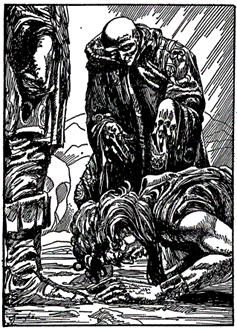
This marks the return of Brak the Barbarian, late of Cele Lalli’s Fantastic issues.
As Brak is fleeing from Lord Magnus he rescues a woman from rock demons. She reveals herself to be Nari, also fleeing but from Lord Garr of Gilgamarch and his wizard Valonicus, who can send forth shadow creatures after them with his magic mirror. Nari’s back is tattooed with a map to a treasure, one that could win or destroy a kingdom. Together the two attempt to flee across the Mountains of Smoke, but can they outrun such power?
This is a pretty standard story, full of the usual cliches of these kinds of tales. It probably would have managed a low three stars, except that it treats a rape victim very poorly. Brak does not seem to understand why a woman running scared would be wary of getting naked in front of a stranger who angrily badgers her for information about torture and sexual assault. And the ending is just disturbing in the wrong way.
A low two stars
Death is a Lonely Place by Bill Warren
Miklos Sokolos is a 68-year-old vampire who leaves his crypt in Parkline Cemetery to feed. But when he meets his latest potential victim, he is not sure if he can kill her.
I was originally surprised to see this here as it seemed like it would be more suited to Lowdnes’ Magazine of Horror, but, as it went on, I realized it was less a Lord Ruthven style tale, and more a meditation on how much of a curse the situation might be.
More thoughtful than expected.
Four Stars
As Is by Robert Silverberg

Sam Norton is transferred from New York to Los Angeles, but his company will not pay moving costs. To save money he rents a U-Haul and buys an unusual secondhand car that was left for repairs a year ago but never returned to. Not long after Sam sets out, the prior owner returns and wants his vehicle back. How will he catch up with Sam before he reaches LA? By renting a flying horse, of course!
Eminently silly short.
Two stars for me, although car owners might give it three.
What the Vintners Buy by Mack Reynolds
Matt Williams is a hedonist who has tried everything twice but has grown bored. As such he approaches Old Nick to make a deal for the ultimate pleasure.
Yes, another “deal with the devil” story, a dull and talky example. I can’t help but wonder if this was a reject from The Devil His Due.
One Star
Conan and the Cenotaph by Lin Carter and L. Sprague de Camp

A young Conan “untampered by the dark deceits of the East” is working for the King of Turan, transporting back a treaty from the King of Kusan. Enroute their guide, Duke Feng, tells Conan of an ancient treasure hidden in a haunted valley and suggests together they can retrieve it.
This is another new tale of Conan from his biggest fans, however Carter and de Camp lack even a quarter of Howard’s skill. Over described, dull and the plot feels stretched even over these 10 pages. This would be bad enough but it, as you can probably tell from the quoted phrase above, invokes some horrible racism.
This can be seen most prominently in the villain of the piece. Duke Feng encapsulates every negative Asian stereotype, managing to somehow be both Fu Manchu and a sniveling traitorous coward. Whilst there are problems in Howard’s original work (the finer points of which my colleague Cora and I have expended much paper debating) this takes it many steps further.
One star
After Armageddon by Paris Flammonde
At the start of the “Final War”, Tom accidentally stumbles on the fountain of youth. Centuries later, after everyone else has died, Tom continues to wander the Earth.
This is another last man tale, the melancholic philosophical kind that used to fill the pages of New Worlds a few years back. This is not a great example and doesn’t add anything new to the already overused subgenre.
Two Stars
A Report on J. R. R. Tolkien by Lester Del Rey
The editor gives a look at the publishing history of The Lord of the Rings, the status of its planned sequels and the effect it is having on the industry.
Fine for what it is but, at only two pages, it does not delve into the why or give any information not already reported in multiple places.
Three Stars
The Man Who Liked by Robert Hoskins
A small man appears in the city dispensing joy to the residents. Who is he? And why is he being so generous?
A pleasant vignette, but one where you are continually waiting for the penny to drop. When it does, it is not where I would have predicted it going, but it works well.
Three Stars
Delenda Est by Robert E. Howard
The first printing of one of the many unpublished manuscripts that were left by the late author. This one is primarily a historical tale, set in the Vandal Kingdom of the Fifth Century. As King Genseric ponders his position, a mysterious stranger comes to convince him to sack Rome.
Howard clearly did his research and manages to explain the history of this much neglected period in an entertaining fashion. It also only contains a mild piece of speculative content (the rather obvious identity of the stranger), which is probably why it remained unsold.
Three Stars
However by Robert Lory

After having accidentally caused his boatman to be eaten, Hamper finds himself stuck in Grath. There, people are committed to only doing their profession, no matter how useless or obsolete it is. As such, getting across the water is to prove incredibly tricky.
Robert Lory has been writing for the main magazines for over 5 years, with some modern feeling pieces under his belt. This, however, feels like a reprint from the 19th century, one that might have been intended as a satire of mechanization but now reads as a tall tale.
Serviceable but silly and rambling.
Two Stars
A Delicate Balance

As can be seen, trying to do stories in an old style can be difficult work. Some, like Anderson and Warren, are able to use the ideas in a new way to make something profound. Others, such as de Camp and Carter, create an object of significantly less value. Whether constructing prose or pontoons it takes both skill and imagination few possess. However, those that do make the journey rewarding.

![[September 24, 1968] Reconstructing The Past (<i>The Farthest Reaches</i> & <i>Worlds of Fantasy</i> #1)](https://galacticjourney.org/wp-content/uploads/2023/09/Featured-672x372.png)

![[September 16, 1968] Siriusly? (October 1968 <i>Galaxy</i>)](https://galacticjourney.org/wp-content/uploads/2023/09/680910cover-672x372.jpg)















![[September 2, 1968] What might have been (October 1968 <i>IF</i>)](https://galacticjourney.org/wp-content/uploads/2023/08/IF-1968-10-Cover-672x372.jpg)



 Scientists on Mars make an unexpected find. Art by Chaffee
Scientists on Mars make an unexpected find. Art by Chaffee![[August 12, 1968] <i>Galaxy's the One</i>? (the September 1968 <i>Galaxy</i>)](https://galacticjourney.org/wp-content/uploads/2023/08/680812cover-1-scaled.jpg)













![[August 2, 1968] Dreams and Nightmares (September 1968 <i>IF</i>)](https://galacticjourney.org/wp-content/uploads/2023/07/IF-1968-09-Cover-672x372.jpg)
 Red Guard rebels march in Shanghai last year.
Red Guard rebels march in Shanghai last year. Those are supposed to be radiators, not rocket thrusters. Art by McKenna
Those are supposed to be radiators, not rocket thrusters. Art by McKenna![[July 10, 1968] Back in the Saddle Again (August 1968 <i>Galaxy</i>)](https://galacticjourney.org/wp-content/uploads/2023/07/680710cover-672x372.jpg)






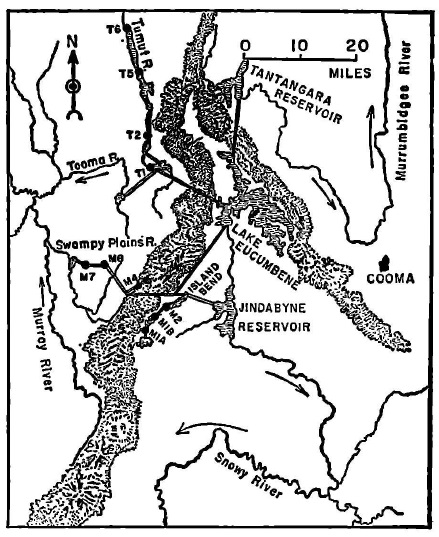
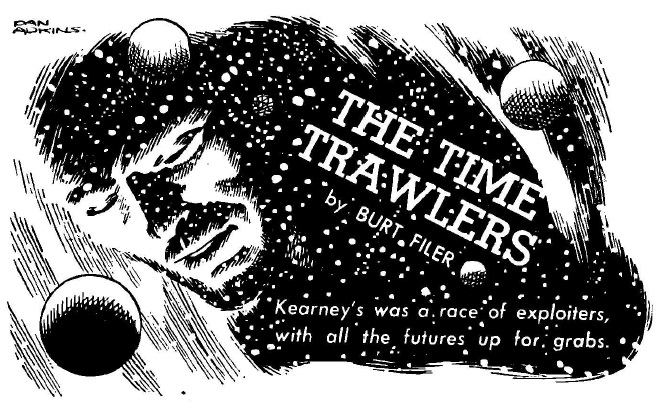


![[July 2, 1968] What’s the Point? (August 1968 <i>IF</i>)](https://galacticjourney.org/wp-content/uploads/2023/06/IF-1968-08-Cover-505x372.jpg)
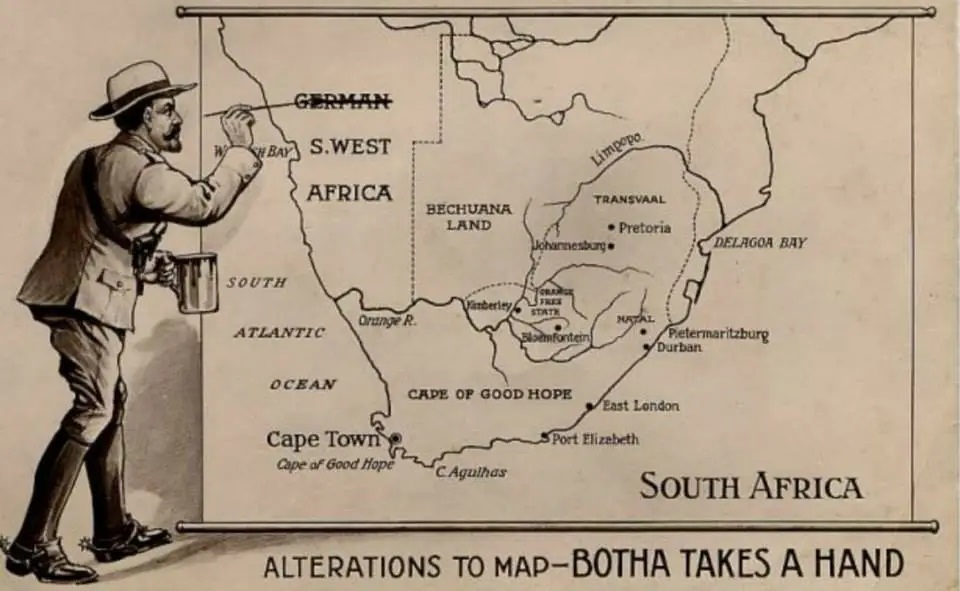 A political cartoon from after the First World War.
A political cartoon from after the First World War. Sam Nujoma (r.), President of SWAPO, shakes hands with Mostafa Rateb Abdel-Wahab, President of the Council for Namibia
Sam Nujoma (r.), President of SWAPO, shakes hands with Mostafa Rateb Abdel-Wahab, President of the Council for Namibia Supposedly for Rogue Star, which doesn’t have a starship crash. Or this many characters. Art by Chaffee
Supposedly for Rogue Star, which doesn’t have a starship crash. Or this many characters. Art by Chaffee![[June 10, 1968] Froth and Frippery (July 1968 <i>Galaxy</i>)](https://galacticjourney.org/wp-content/uploads/2023/06/680610cover-653x372.jpg)
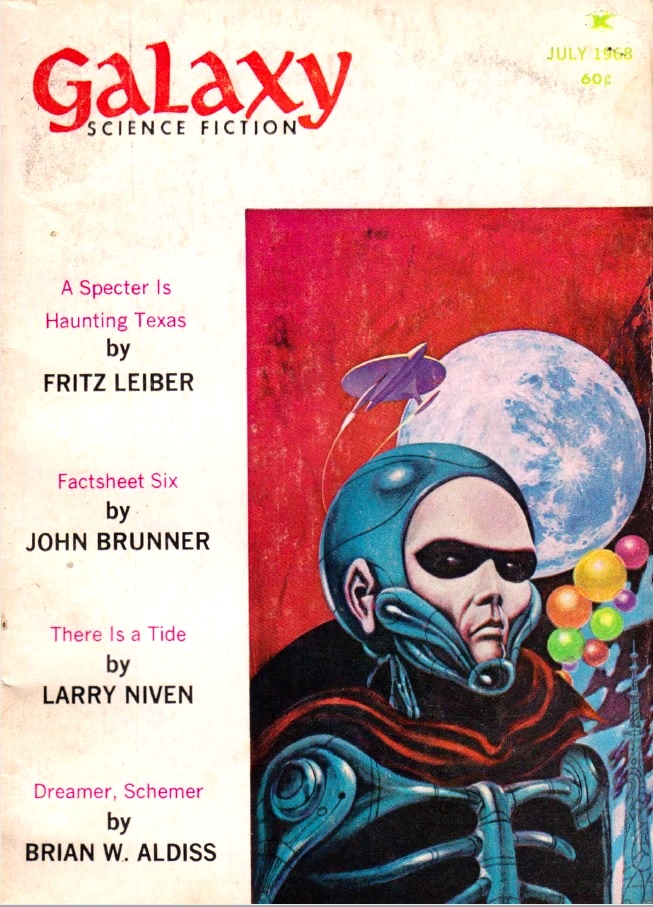

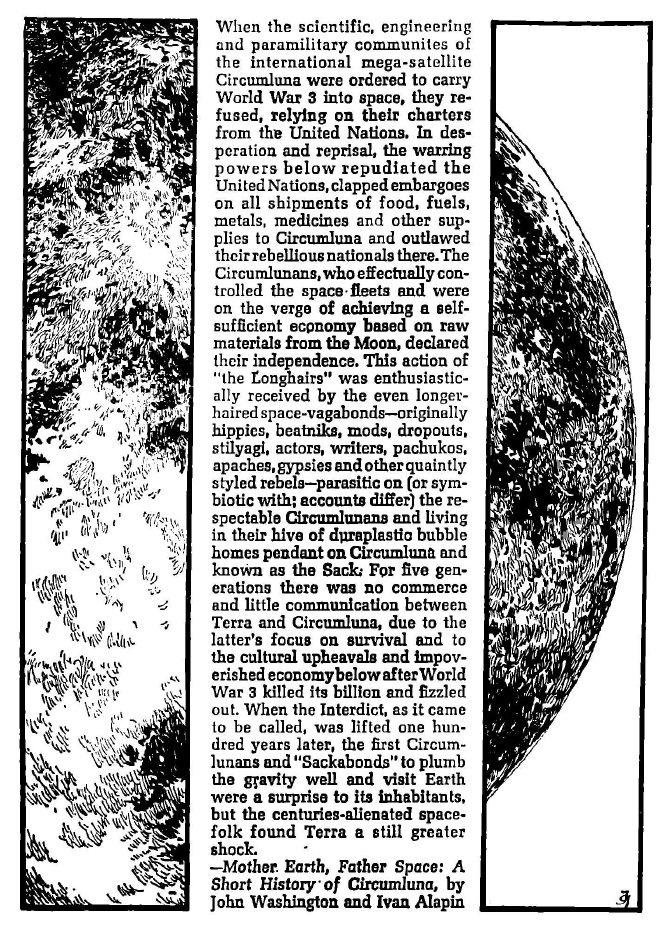
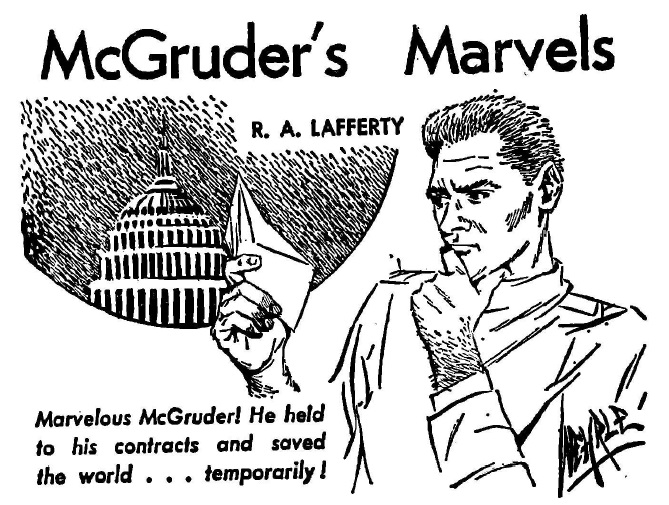
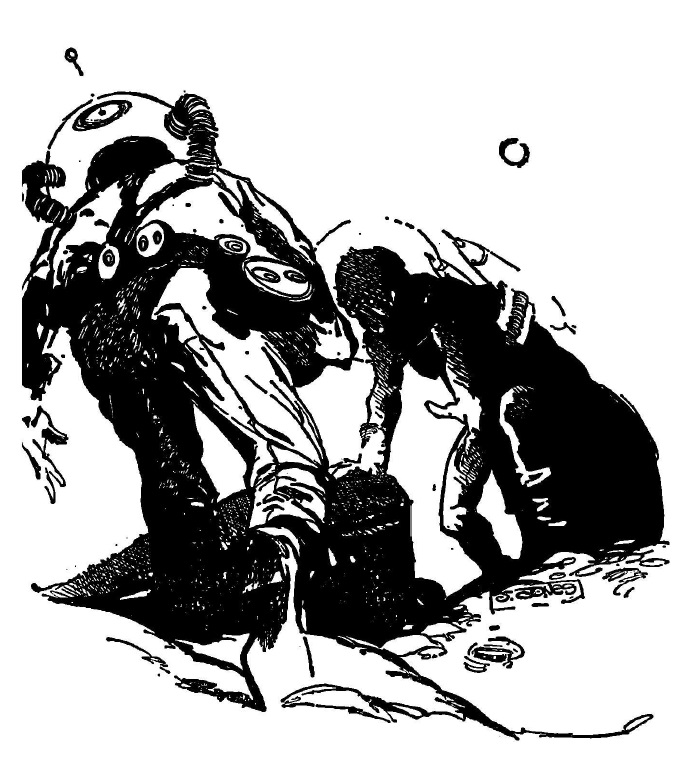

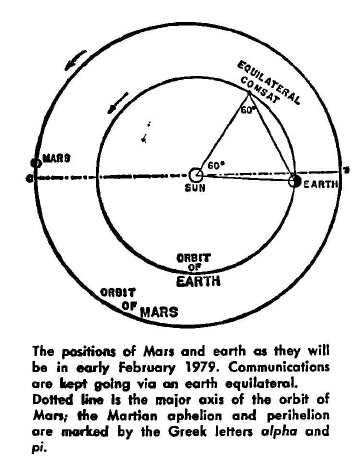
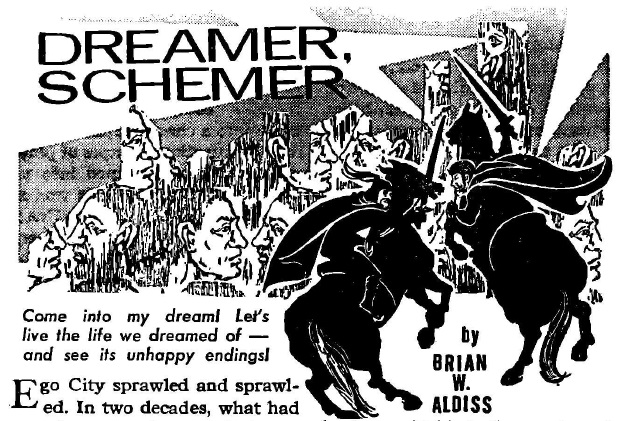

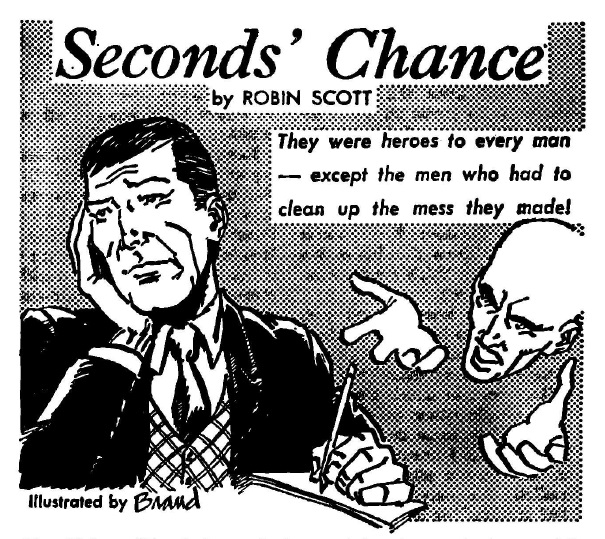
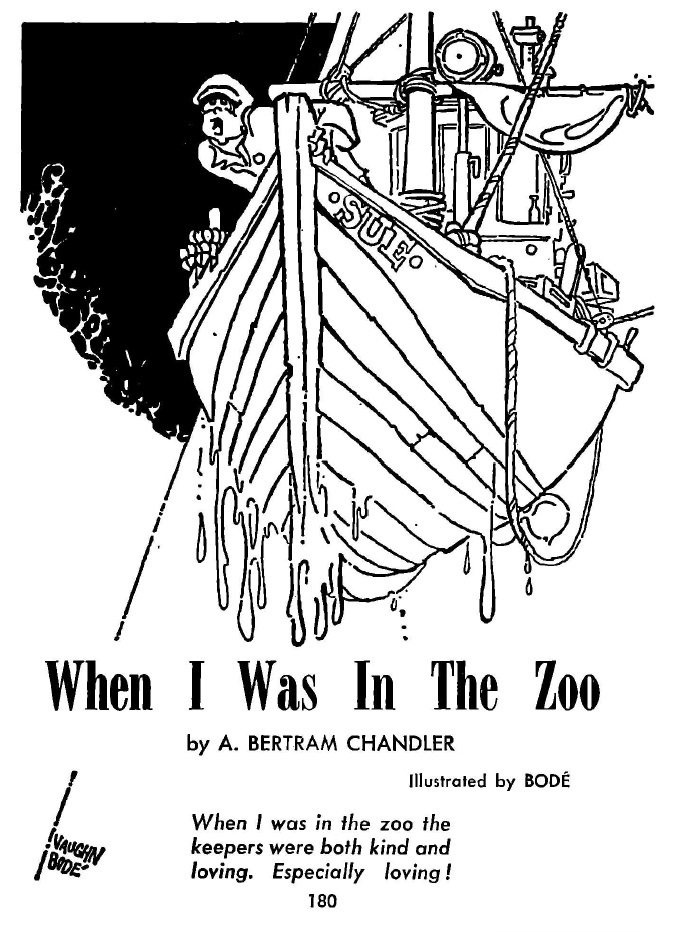

![[June 2, 1968] Necessary Evils (July 1968 <i>IF</i>)](https://galacticjourney.org/wp-content/uploads/2023/05/IF-1968-07-Cover-543x372.jpg)
 The Baltimore Nine shortly after their arrest. Fr. Philip Berrigan is 2nd from the left in the back row.
The Baltimore Nine shortly after their arrest. Fr. Philip Berrigan is 2nd from the left in the back row.
 Abbott and his men are the first to reach the Sleeper’s chamber. Art by Gray Morrow
Abbott and his men are the first to reach the Sleeper’s chamber. Art by Gray Morrow![[May 10, 1968] Horse race (June 1968 <i>Galaxy</i>)](https://galacticjourney.org/wp-content/uploads/2023/05/680510cover-393x372.jpg)



